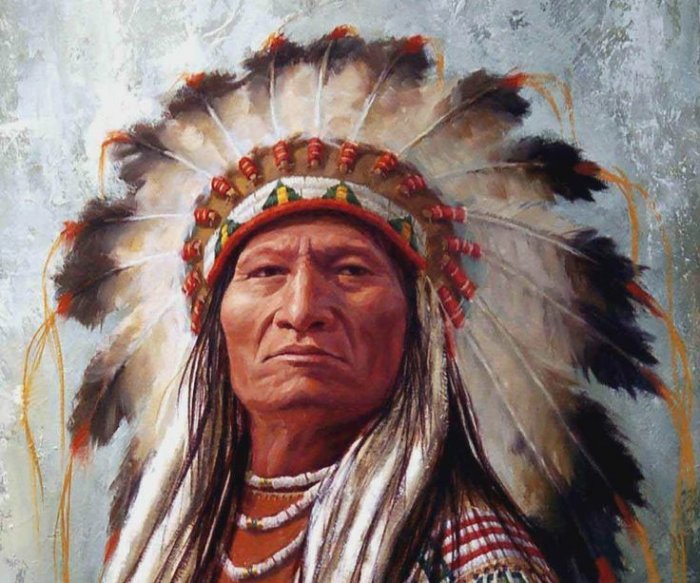How Did Native American Indian Chiefs Get Their Names?
AncientPages.com - Great Native American Chiefs had unusual names, but how exactly did they get their names?
To become an Indian chief, you had to prove that you were strong, brave, and a great leader.
A name was by no means final. Indians often changed names when they became adults. Certain changes in a one’s life also led to a new name. For example, a great achievement, or special event, gave the Indian a new status within the tribe.
Sitting Bull who was a Teton Dakota Indian chief under whom the Sioux tribes united in their struggle for survival on the North American Great Plains was named Jumping Badger at birth.
When Jumping Badger was fourteen years old he accompanied a group of Lakota warriors in a raiding party to take horses from a camp of Crow warriors. Jumping Badger displayed bravery by riding forward and counting coup on one of the surprised Crow, which was witnessed by the other mounted Lakota. Upon returning to camp his father gave a celebratory feast at which he conferred his own name upon his son. The boy’s new name "Buffalo Bull Sits Down", and it would later be abbreviated to "Sitting Bull".
Apache chief Geronimo (1829-1909) was called “One Who Yawns” by his parents. Why the Mexicans called Apache chief Geronimo (Spanish for Jerome) is not certain. Some believe it was a Spanish attempt to pronounce the name Gokhlayeh. Others maintain that his enemies prayed aloud to Saint Jerome whenever the Apache leader struck.
See also:
Native American Tradition Of A Vision Quest – How To Enter The Spiritual World
Native American Sun Dance: Important Ceremony Of The Plains Indians Of North America
Lacrosse Was Invented By Native American Indians
Skidi Pawnee Indians – One Of The Best Sky Watchers Of Ancient Times And Their Star Chart
Crazy Horse (1842-1877) was a principal war chief of the Lakota Sioux. He took up arms against the United States Federal government to fight against encroachments on the territories and way of life of the Lakota people, including leading a war party to victory at the Battle of the Little Bighorn in June 1876. As a child he was called “Curly”. Crazy Horse was named at birth Cha-O-Ha ("In the Wilderness" or "Among the Trees", meaning he was one with nature.) His mother's nickname for him was "Curly" or "Light Hair" because as his light curly hair resembled that of his mother.Just as Sitting Bull, the Sioux had to prove his courage as a young boy which he did and he became known as Crazy Horse. His father, born in 1810, was also named Crazy Horse.
Other Indian chiefs got their names in similar ways.
Copyright © AncientPages.com All rights reserved. This material may not be published, broadcast, rewritten or redistributed in whole or part without the express written permission of AncientPages.com
More From Ancient Pages
-
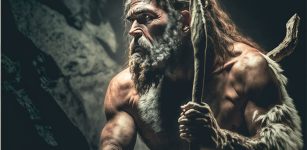 New Clues To Behavior Of Neanderthal Hunting Parties
Archaeology | Mar 27, 2023
New Clues To Behavior Of Neanderthal Hunting Parties
Archaeology | Mar 27, 2023 -
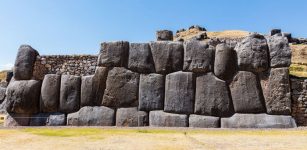 Cyclopean Fortress Of Sacsayhuamán – ‘Impossible’ Ancient Technology In Peru
Featured Stories | Apr 10, 2017
Cyclopean Fortress Of Sacsayhuamán – ‘Impossible’ Ancient Technology In Peru
Featured Stories | Apr 10, 2017 -
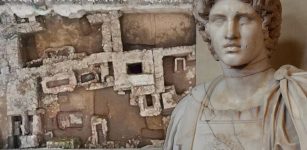 Amazing Photos Of Ancient Ruins Hidden Under Thessaloniki Metro Revealed By Archaeologists
Archaeology | Jan 9, 2023
Amazing Photos Of Ancient Ruins Hidden Under Thessaloniki Metro Revealed By Archaeologists
Archaeology | Jan 9, 2023 -
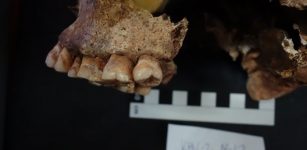 Milk Enabled Massive Steppe Migration
Archaeology | Sep 15, 2021
Milk Enabled Massive Steppe Migration
Archaeology | Sep 15, 2021 -
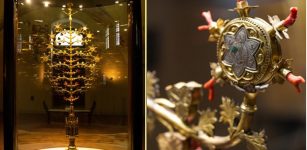 Missing Pieces Of The Magnificent Golden Tree Of Lucignano Discovered
Archaeology | Nov 6, 2023
Missing Pieces Of The Magnificent Golden Tree Of Lucignano Discovered
Archaeology | Nov 6, 2023 -
 Orthodox Church In Black Sea Region Looted By Treasure Hunters
Archaeology | Feb 24, 2021
Orthodox Church In Black Sea Region Looted By Treasure Hunters
Archaeology | Feb 24, 2021 -
 Maori God Pourangahua And His Flying Bird Traversing The Ancient Skies
Featured Stories | Oct 4, 2015
Maori God Pourangahua And His Flying Bird Traversing The Ancient Skies
Featured Stories | Oct 4, 2015 -
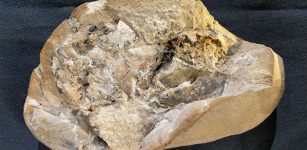 380-Million-Year-Old Heart – The Oldest Ever Found Sheds New Light On Evolution Of Human Bodies
Archaeology | Sep 16, 2022
380-Million-Year-Old Heart – The Oldest Ever Found Sheds New Light On Evolution Of Human Bodies
Archaeology | Sep 16, 2022 -
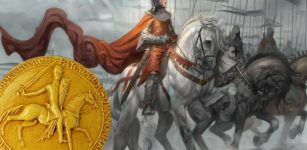 Richard The Lionheart: Famous Leader, Warrior And Military Mastermind But Not The Best English King
Featured Stories | May 29, 2017
Richard The Lionheart: Famous Leader, Warrior And Military Mastermind But Not The Best English King
Featured Stories | May 29, 2017 -
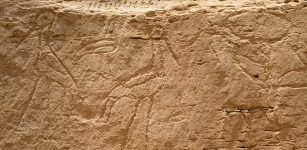 Unknown Rock Inscriptions And Earliest Monumental Hieroglyphs In Egypt Shed New Light On Ancient Writing
Archaeology | Jun 27, 2017
Unknown Rock Inscriptions And Earliest Monumental Hieroglyphs In Egypt Shed New Light On Ancient Writing
Archaeology | Jun 27, 2017 -
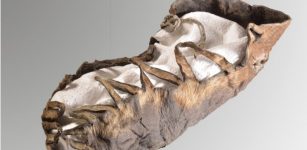 Extremely Well Preserved 2,000-Year-Old Child Shoe Discovered In Salt Mine
Archaeology | Sep 5, 2023
Extremely Well Preserved 2,000-Year-Old Child Shoe Discovered In Salt Mine
Archaeology | Sep 5, 2023 -
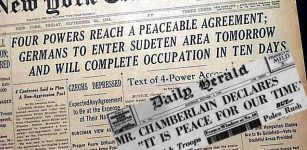 On This Day In History: Munich Agreement Was Signed – On Sep 30, 1938
News | Sep 30, 2016
On This Day In History: Munich Agreement Was Signed – On Sep 30, 1938
News | Sep 30, 2016 -
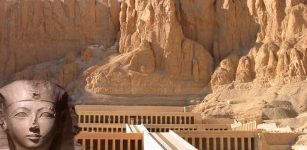 Pharaoh Hatshepsut: Skillful And Efficient Female Ruler Who Brought Prosperity To Ancient Egypt
Featured Stories | Mar 22, 2017
Pharaoh Hatshepsut: Skillful And Efficient Female Ruler Who Brought Prosperity To Ancient Egypt
Featured Stories | Mar 22, 2017 -
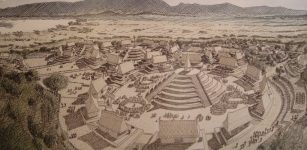 Circular Stepped Pyramids Of Guachimontones And Teuchitlan Tradition – A Lost Ancient World In Mexico
Civilizations | Mar 13, 2016
Circular Stepped Pyramids Of Guachimontones And Teuchitlan Tradition – A Lost Ancient World In Mexico
Civilizations | Mar 13, 2016 -
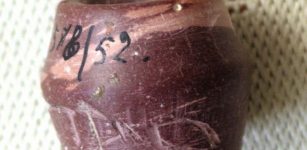 Unique Medieval Spindle Whorl With Cyrillic Inscription Discovered In Poland
Archaeology | Mar 9, 2018
Unique Medieval Spindle Whorl With Cyrillic Inscription Discovered In Poland
Archaeology | Mar 9, 2018 -
 Hyperborea Or Atlantis Ruins – Underground Secrets Of The Sacred Lake On The Arctic Circle
Civilizations | Nov 17, 2014
Hyperborea Or Atlantis Ruins – Underground Secrets Of The Sacred Lake On The Arctic Circle
Civilizations | Nov 17, 2014 -
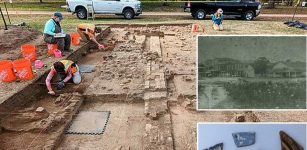 More Than 10,000 Artifacts Unearthed At The Birthplace Of Texas
Archaeology | Mar 12, 2024
More Than 10,000 Artifacts Unearthed At The Birthplace Of Texas
Archaeology | Mar 12, 2024 -
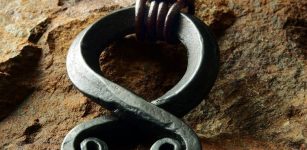 Troll Cross – Protection Symbol Believed To Ward Off Evil Powers
Ancient Symbols | May 12, 2018
Troll Cross – Protection Symbol Believed To Ward Off Evil Powers
Ancient Symbols | May 12, 2018 -
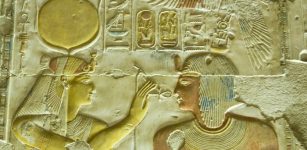 Hathor – One Of Ancient Egypt’s Greatest Female Deities
Egyptian Mythology | Jun 16, 2021
Hathor – One Of Ancient Egypt’s Greatest Female Deities
Egyptian Mythology | Jun 16, 2021 -
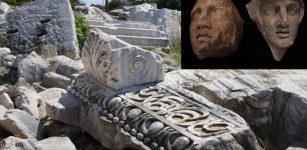 Once Impressive Temple Of Hadrian In City Of Cyzicus Will Be Restored Soon
Archaeology | Sep 7, 2020
Once Impressive Temple Of Hadrian In City Of Cyzicus Will Be Restored Soon
Archaeology | Sep 7, 2020

